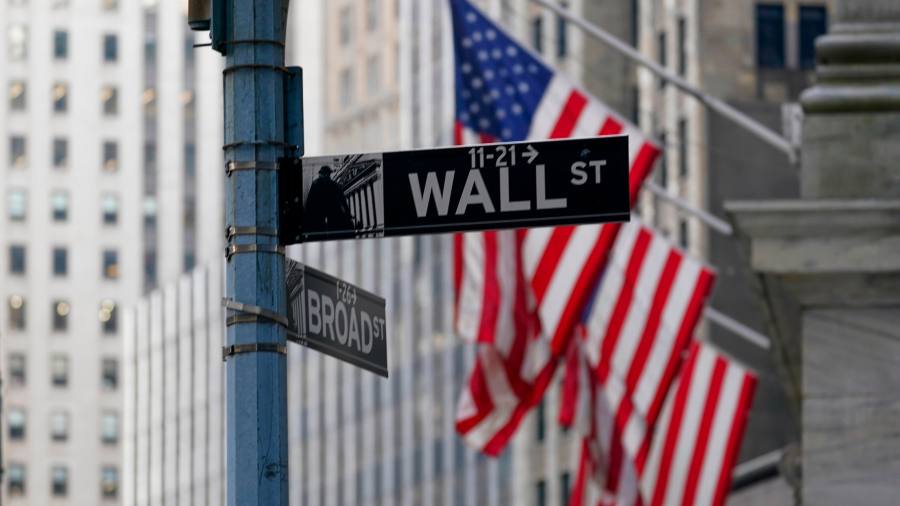Receive free US Treasury bonds updates
We’ll send you a myFT Daily Digest email rounding up the latest US Treasury bonds news every morning.
A surge in US real yields — the return that bond investors can expect once inflation is taken into account — has reawakened investors’ concerns that shifts in the Treasury market are undermining one of the crucial supports for riskier assets like stocks.
The yield on 10-year inflation-protected securities, known as Tips, rose to 1.82 per cent on Friday, the highest level since 2009, as investors became increasingly convinced that the Federal Reserve would have to hold interest rates at a high level for longer to tame inflation.
Real yields are closely followed as a gauge of borrowing costs across the economy and a way to judge the relative value of risky assets.
For investors, higher real yields on ultra low-risk government debt make other assets relatively less attractive. This week’s surge took 10-year inflation-adjusted borrowing costs past the levels of last October, when bonds sold off sharply and the outlook for US inflation was far more uncertain.
“There’s a big risk that this real yield rise starts to damage the corporate sector,” said Salman Ahmed, global head of macro and strategic asset allocation at Fidelity International. When debt that was borrowed in an environment where interest rates were at or close to zero needed to be refinanced at much higher rates today, “that’s where the problem starts”, he said.
Ahmed added that a typical high yield company that raised money at about 4 per cent during the pandemic would now have to pay more than 12 per cent. “It’s a huge shock if you are refinancing right now,” he said.
Analysts say that many companies took out loans when rates were slashed to help support the economy during pandemic lockdowns, and the effect of higher borrowing costs would probably be felt more acutely in the second half of next year and into 2025.
But lending is already slowing down this year. Figures from Fidelity show that US banks have issued new loans and leases at an annualised rate of $279bn so far this year, down from an average level of $481bn between 2015 and 2019.
With financial conditions tightening, investors are also increasingly nervous about US equity valuations.
“Theoretically equity prices should be going down because the return for beating Tips is much higher,” said Jon Day, fixed income portfolio manager at Newton Investment Management. “Five years ago a 5 to 7 per cent return on equities should be good — now it’s not, it should be a 10 or 15 per cent return on equities just to keep the same gap.”
That logic is one reason why a sharp rise in real yields following Wednesday’s Fed minutes sparked a stock sell-off. Still, equities have nevertheless run up sizeable gains this year, driven largely by excitement around the possibilities of artificial intelligence prompting investors to rush in to a handful of large technology companies.
Some investors say a buoyant stock market and gloomier bond investors cannot both be right.
“What [stocks] are pricing in is that ultimately real rates will come off quite strongly in the next year,” said Arun Sai, a senior multi-asset strategist at Pictet. “But if real yields stay high it will be damaging to equities.”
Read the full article here





